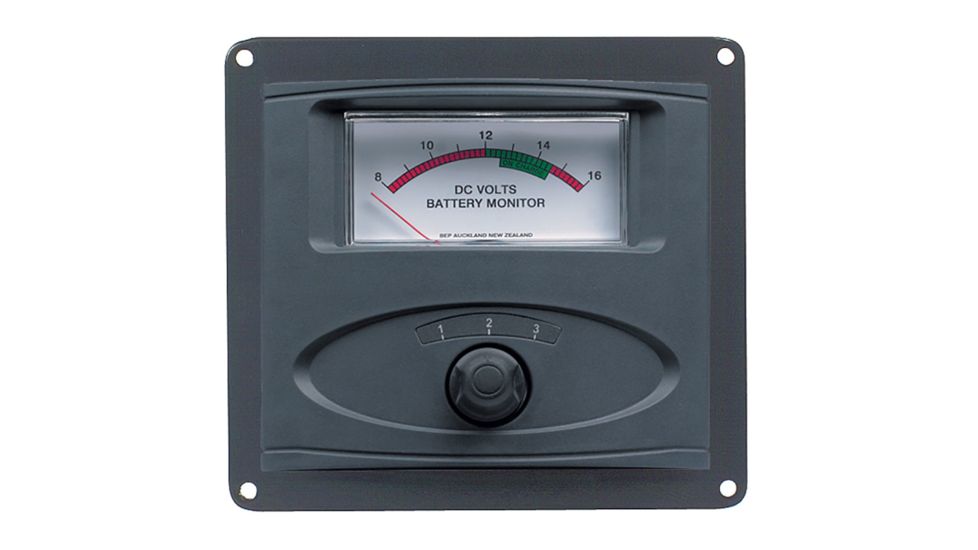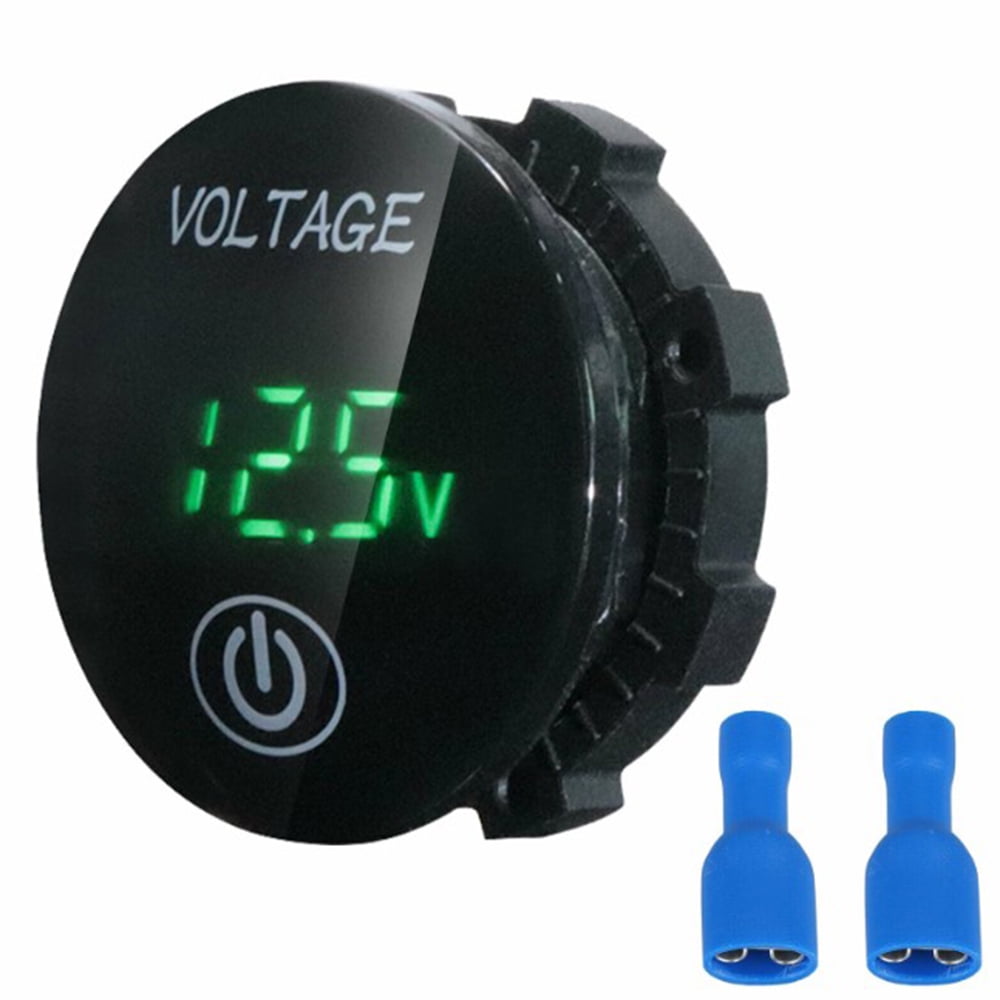

This can and often does equate to a bilge pump or blower fan not spinning as rapidly as designed, essentially creating a potentially dangerous situation.įigure 1. If an appliance is engineered to operate at a certain amperage (and they all are) then the performance of the appliance will be compromised. If resistance (ohms) increases, what has to happen to amperage? It will always decrease.

For example, let’s say voltage stays a constant at 12 volts. You can see intuitively what has to happen. The ohm character – the villain – is making it tough for the volt guy to push the amp guy along the circuit.

Figure 1, which comes from one my early articles discussing basic electricity, illustrates what happens when volts, amps, and ohms play together. We can think of the ohm as the bad guy in this scenario, because resistance is something we usually try to reduce or minimize in a circuit (unless we need an electrical stove coil or an incandescent bulb, which use resistance to create heat and light). The final key player in all of this is the ohm, a measure of resistance to the flow of electrons from one point in a circuit to another.
#12v battery meter marine full
Assuming a full charge but no connection to a charging source, a battery rated for 90 amp-hours would theoretically be able to give you 90 amps for one hour, 45 amps for two hours, one amp for 90 hours, and so on. All batteries are rated for a certain number of ampere-hours to give us a general idea of how long they’ll provide power. It means the current in amperes multiplied by the amount of time it flows. Ampere-hours ( abbreviated Ah) is the term used to relate the capacity of a battery to the electrical demands we’re making on it, or planning to make on it. Almost every piece of electrical equipment we use on a boat will have a label (or a manual) that tells us its demand for amperage, its output in watts, or both. As for the term power, it’s best described as “the rate of doing work or expending energy,” and it’s measured in watts. Along the way, electrical gear on the boat will take power from the current flow in that circuit and use it to show us electronic charts, pump the bilge, and perform all sorts of other chores for us. In the case of electricity on a boat, think of that circuit leaving and returning to the source of power, which could be a battery or the shore-power pedestal on the dock. We can think of it as a route with a starting and finishing point at the same place, like a racecourse with the same starting and finishing line. Now, it’s worth considering the definition of circuit, too. Amperes express the volume or number of electrons that pass a given point in a circuit in one second.

The words that apply to this flow are ampere, amps, and amperage. Electrical current, or current flow, is sometimes described as the ‘flow of electrons’ within a circuit. The reason is simple: If there is no potential difference in the circuit, there can be no current flow. As I’ve gained more experience working with electrical systems over the years I’ve found myself embracing the ‘potential difference’ definition. But another definition of voltage describes it as a difference of potential from one point in the circuit to another. The Major Players – Volts, Amps, Watts, and Ohms One of the primary players in this game, voltage, or volts, can be thought of as the pressure or force available in an electrical circuit. Let’s get started with some marine DC basics so that you can do some troubleshooting and make safe, reliable electrical installations on your own. Electricity operates in predictable ways, even if it is invisible, and learning to work with it will make you happier and safer on the water. For people just getting into boating, or for those who have been boating for a while but have managed to avoid the electrical side of things, the 12-volt DC (direct current) systems aboard most boats don’t have to be daunting. The back of a wiring panel can look pretty daunting, but remember, you're only troubleshooting one circuit at a time.


 0 kommentar(er)
0 kommentar(er)
